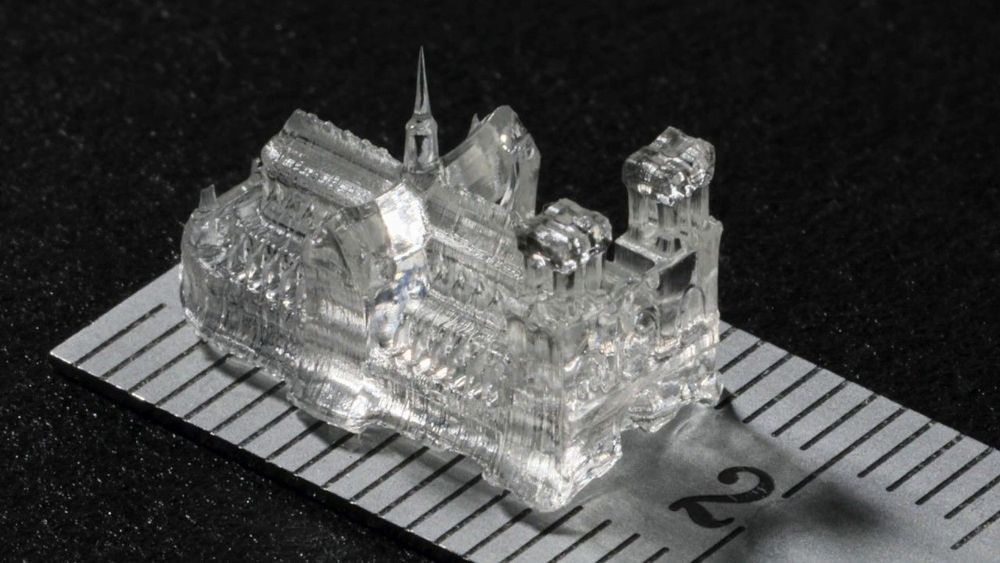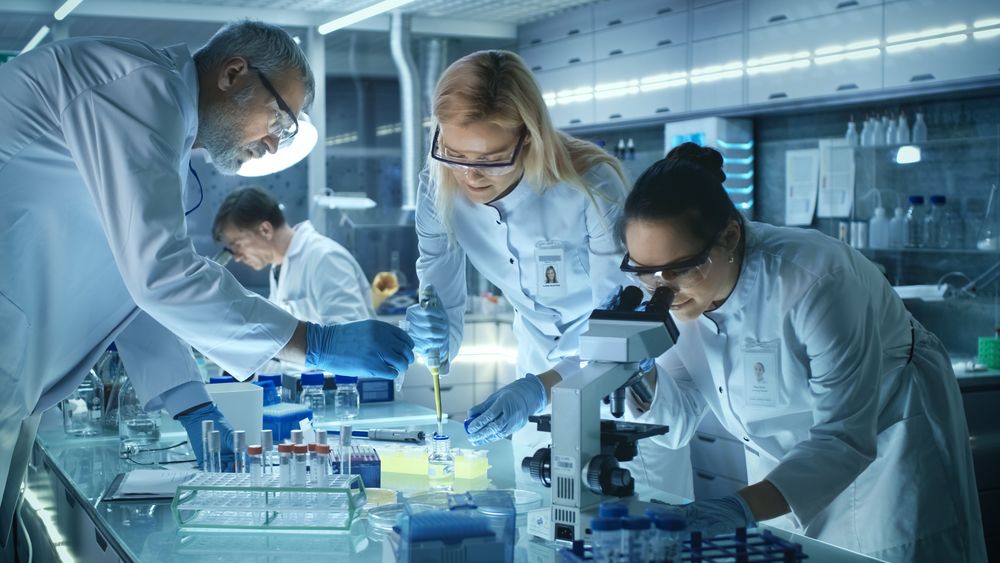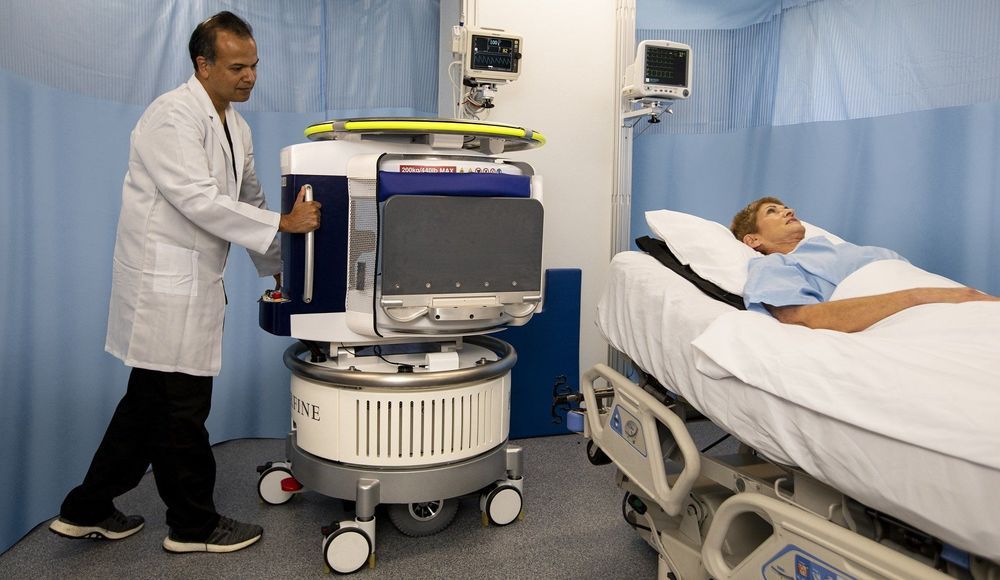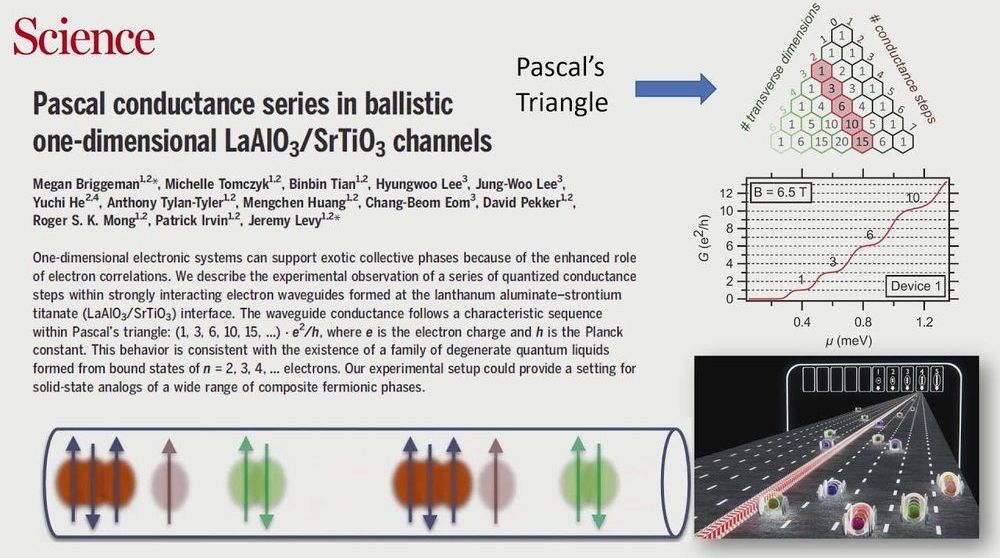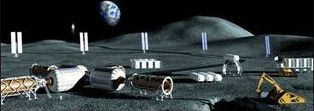
The space industry is in the midst of a widespread transformation, as the last decade has seen several young, private companies seek to profit in areas historically dominated by governmental interests. Among these areas is lunar mining, which represents a crucial step for the development of the space economy by enabling the utilization of lunar resources. Though significant opportunities exist for wealth creation and societal benefits, it will require sustained multibillion-dollar investment to develop a vibrant lunar mining industry.
Exploration is the essential first step for any mining endeavor, terrestrially or otherwise, but with the technical challenges of lunar mining largely solved, access to capital has become the prevailing constraint. While the uncertainty of operating in space is the commonly used explanation for capital constraints, in reality, terrestrial explorers have seen funding steadily decline for a decade, with investors favoring lower risk, passive exposure to the mining sector. For lunar mining firms seeking to attract capital for exploration, this essay details the incompatibility of traditional investment options, the financing strategies developed by the similarly cash-strapped terrestrial mining industry, and how prospective lunar miners should capitalize on emerging trends in project finance.

